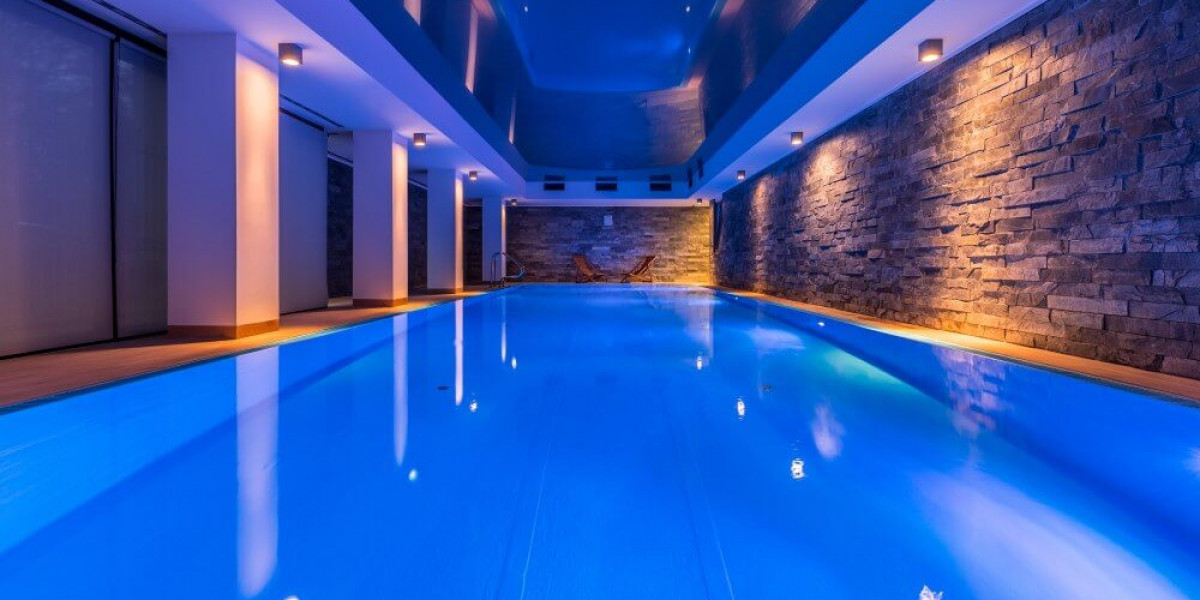>>> See More Guide to Converting Fluorescent Lighting to LED
Identify the Pool or Spa Light Currently Installed
Before you can purchase an appropriate replacement light or fixture, you'll need to know the manufacturer's name, model, wattage, and voltage of your current light. To find this information, you'll need to know which light you have. If you already know the exact make and model of your current underwater lighting setup, this part will be easy. You'll be able to reference all specifications from the owner's manual, or you can look up the information online from the manufacturer's website. If you aren't sure which light you currently have, you'll need to roll up your sleeves to find the answer. Follow these steps to determine which light you have:
Step 1: Unscrew Light Fixture from Niche
Grab a Phillips-head screwdriver. Unscrew the current light fixture from its niche in your hot tub or pool wall. If the light is close to the surface, you can complete this step from outside the water. But if you need to get in the pool, bring a pair of goggles. These will come in handy if you need to look at the light fixture underwater.
Step 2: Remove Light Fixture from Water
Once you unscrew the light fixture, slowly pull it out of the niche. If you have trouble removing it from the niche, carefully pry it loose with a flathead screwdriver. Pay close attention to how the cord is arranged around the light — this will come in handy when you need to put it back. Bring the light to the surface, and lay it on a towel at the edge of the pool deck. Now that the fixture is out of the water, examine the entire light and power cord for any signs of cracks, wear, or other damage. If the fixture or cord shows signs of damage, you'll have to replace the whole light fixture, not just the bulb.
Step 3: Indentify the Light
With the light fixture out of the water, look for the manufacturer's name, wattage, voltage, and model number. Generally, that information is found on the back of the canister or cone. If the light has been in your pool for a long time, this information might be a bit faded and hard to read.
>>> See More How to Install Offroad Lights on Your Vehicle
Select Your New Light
Now that you know the make, model, and specifications of your current light, it's time to select a new light! Choosing the right pool or hot tub light replacement is all about compatibility.
If you're only replacing the lightbulb, simply purchase a new bulb that's compatible with your system. However, if you're looking to upgrade your light to something brighter, more energy efficient, or perhaps with extra color options, you'll want to look for something that closely matches the specs of your existing light.
The diameter and depth should fit well inside your niche and allow for extra cord — a light that's too small or too large won't fit correctly. The same principle applies for cord length. The replacement light fixture should have a cord that's as long (if not longer) than your old light. Some areas require a 12V light, while others allow for 120V, so be sure to check the regulations in your area if you're looking at a 120V light. Most modern lights can operate with either. Wattage is another factor to consider, as it will determine the size of your electricity bill. Higher wattage doesn't always mean more brightness, however, and this is why LED pool and spa lights are gaining popularity — more on that below. Aim for a similar lumen (brightness) rating to ensure your pool or spa remains well lit.
Incandescent, Halogen, or LED Pool Lights?
Sometimes, too many choices can be overwhelming. But thankfully, when picking a hot tub or pool replacement light, you only have a few options: halogen, incandescent, or LED. For the last few decades, halogen lights were the standard due to their affordability and brightness. But as technology evolved, many pool owners wanted more out of their underwater lighting experience. Enter, the LED light.
LED lights are quickly becoming the top pick for hot tub and pool owners, and for several reasons. Not only are they significantly more energy efficient than halogen bulbs, they have greater longevity, and their light quality and output is second to none. Unlike the somewhat harsh light from a halogen bulb, LED lights offer a softer, pleasant glow, without sacrificing any brightness. LED pool lights can be as much as 80-85% more efficient than incandescent or halogen lights. They produce the same amount of light with a significantly lower wattage.
In addition to being practical, LED hot tub and pool lights are great for entertaining. Many brands feature color-changing capabilities, letting you set the mood for any occasion. However, the technology doesn't stop there. Some LED lights are Wi-Fi compatible, meaning they can be controlled directly from an app on your phone.
While they share the same basic function, there is no denying the drastic differences in technology, style, and performance between LED and incandescent or halogen lights. LED lights might cost slightly more upfront. But with their energy efficiency and durable design, they will outlast other lights and save you money in the long run. In some cases, if the lightbulb has a standard Edison base, LED bulbs may be used to replace incandescent bulbs for a quick and easy upgrade. But it's important to double-check compatibility first. Pentair makes it simple with Ameribrite lights, which are compatible with Intellibrite 5G, GloBrite, and other LEDs.
>>> See More Tips and Ideas for Using Crown Molding to Decorate Your Home








